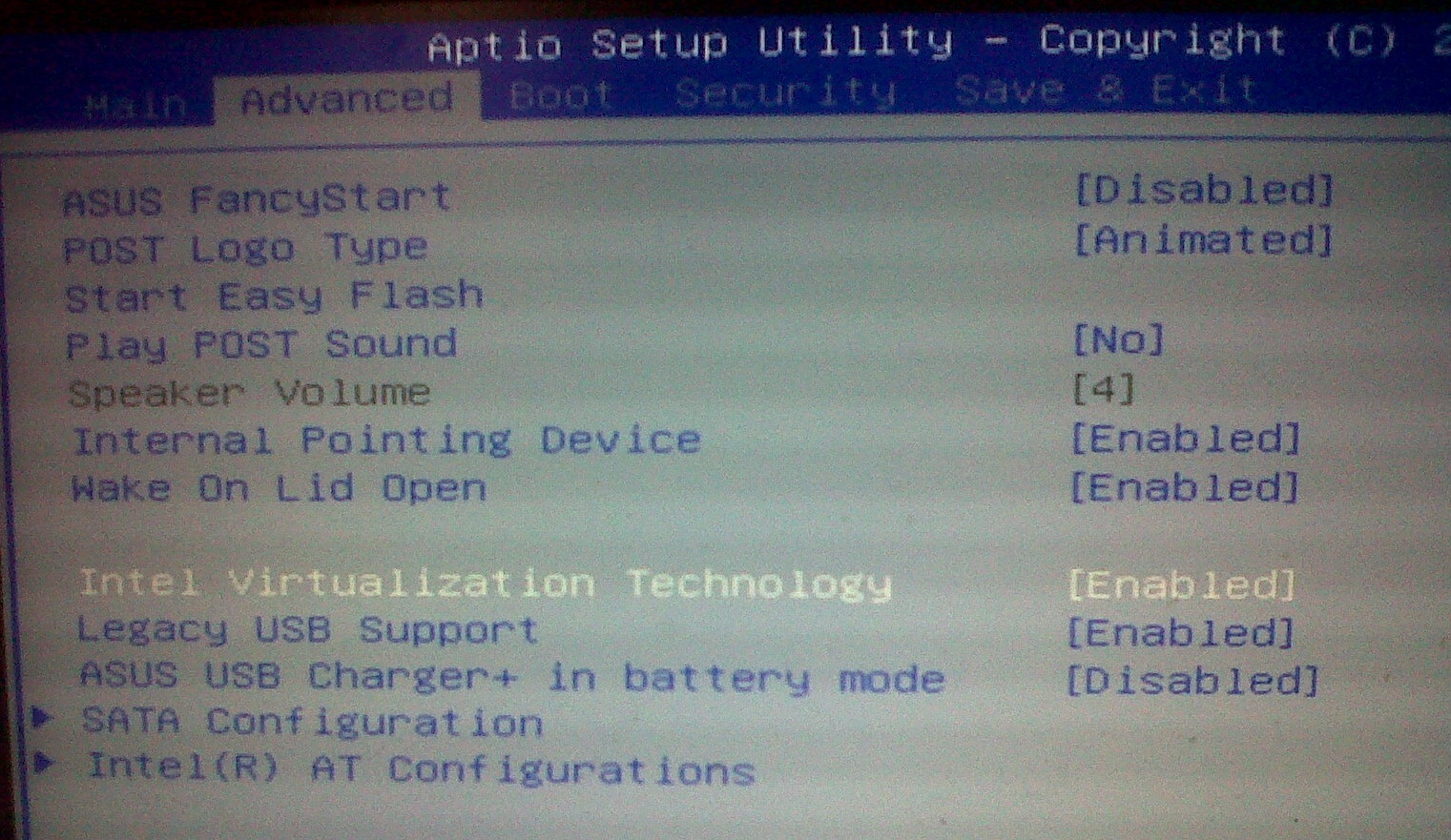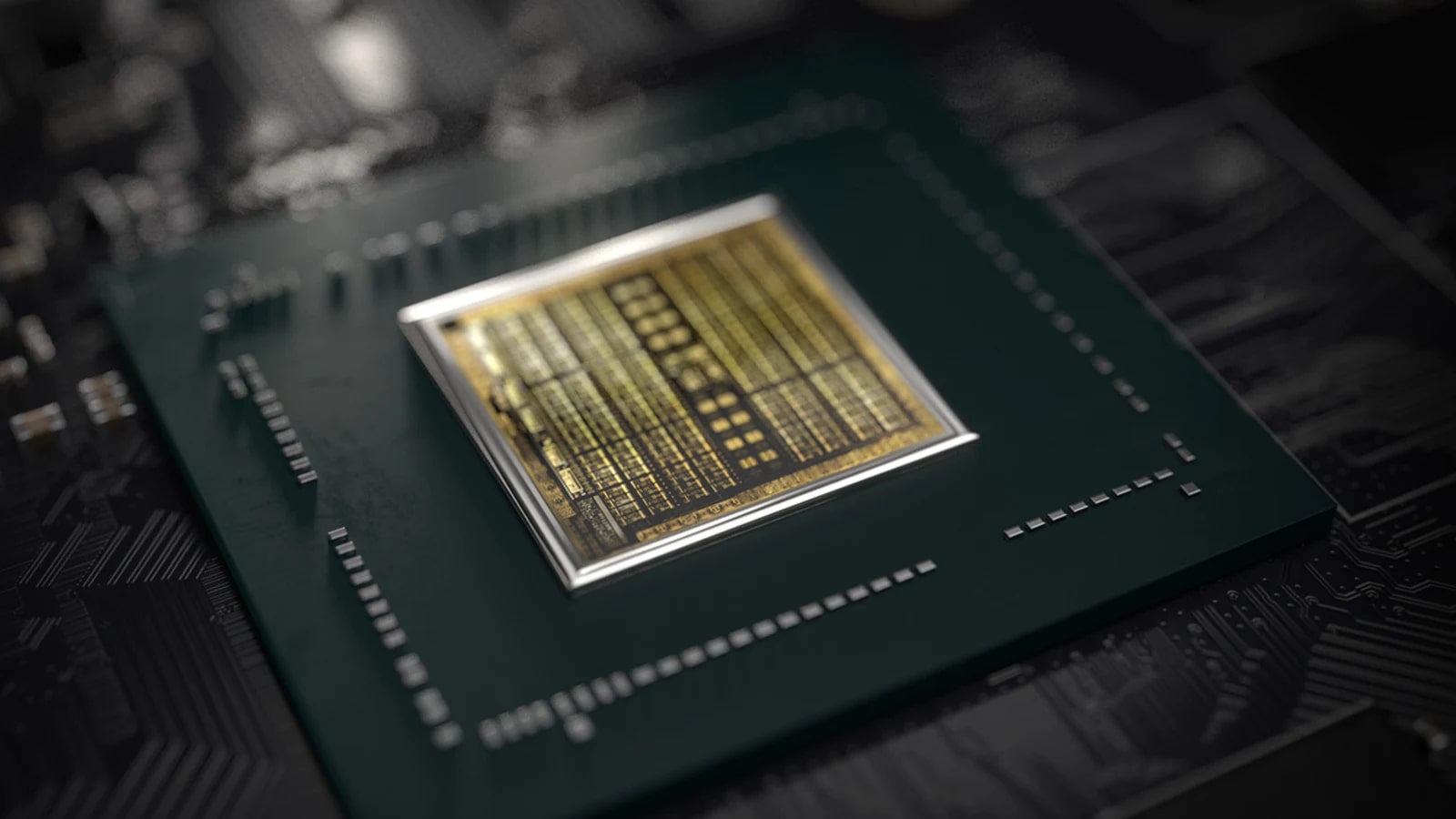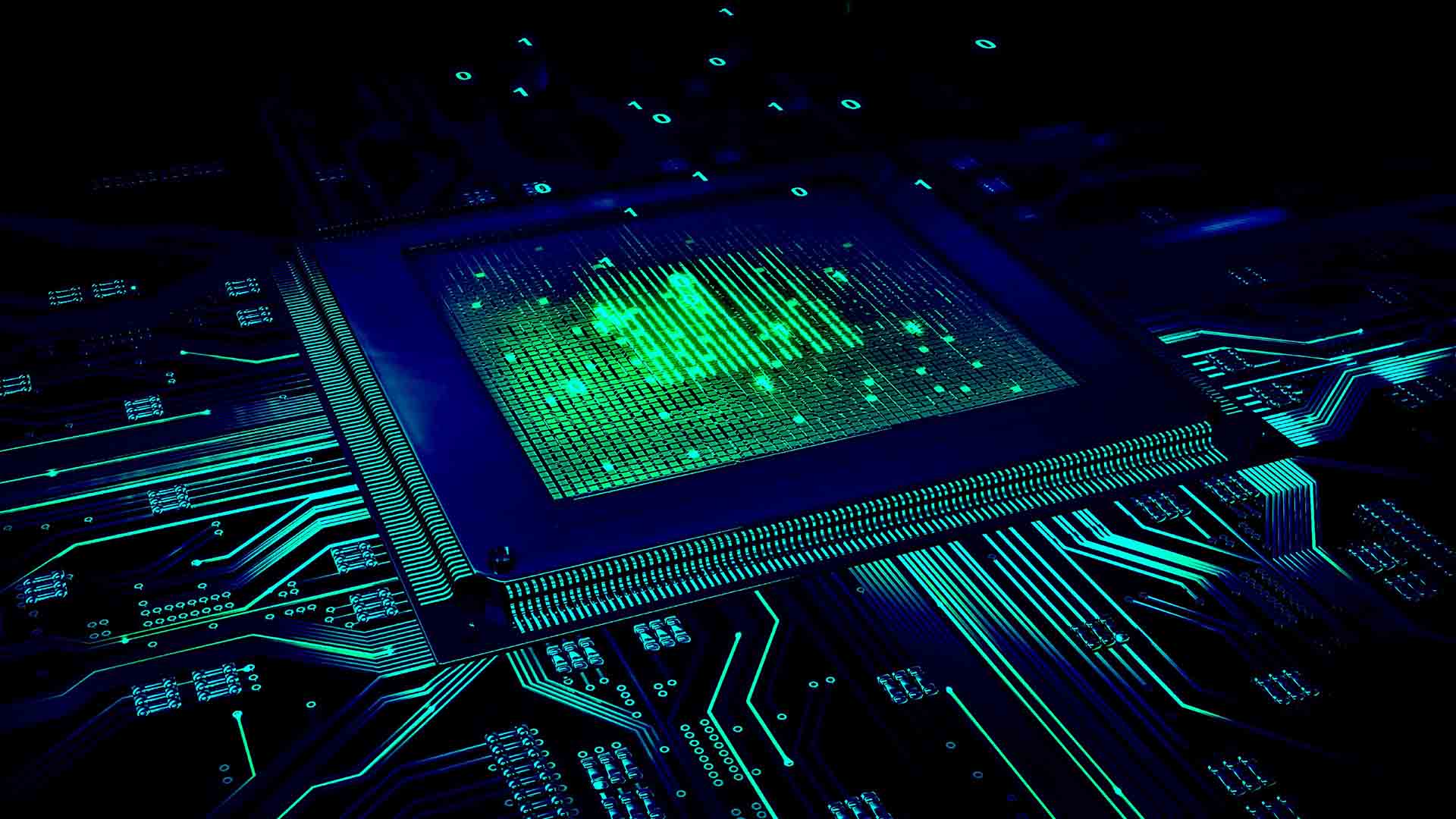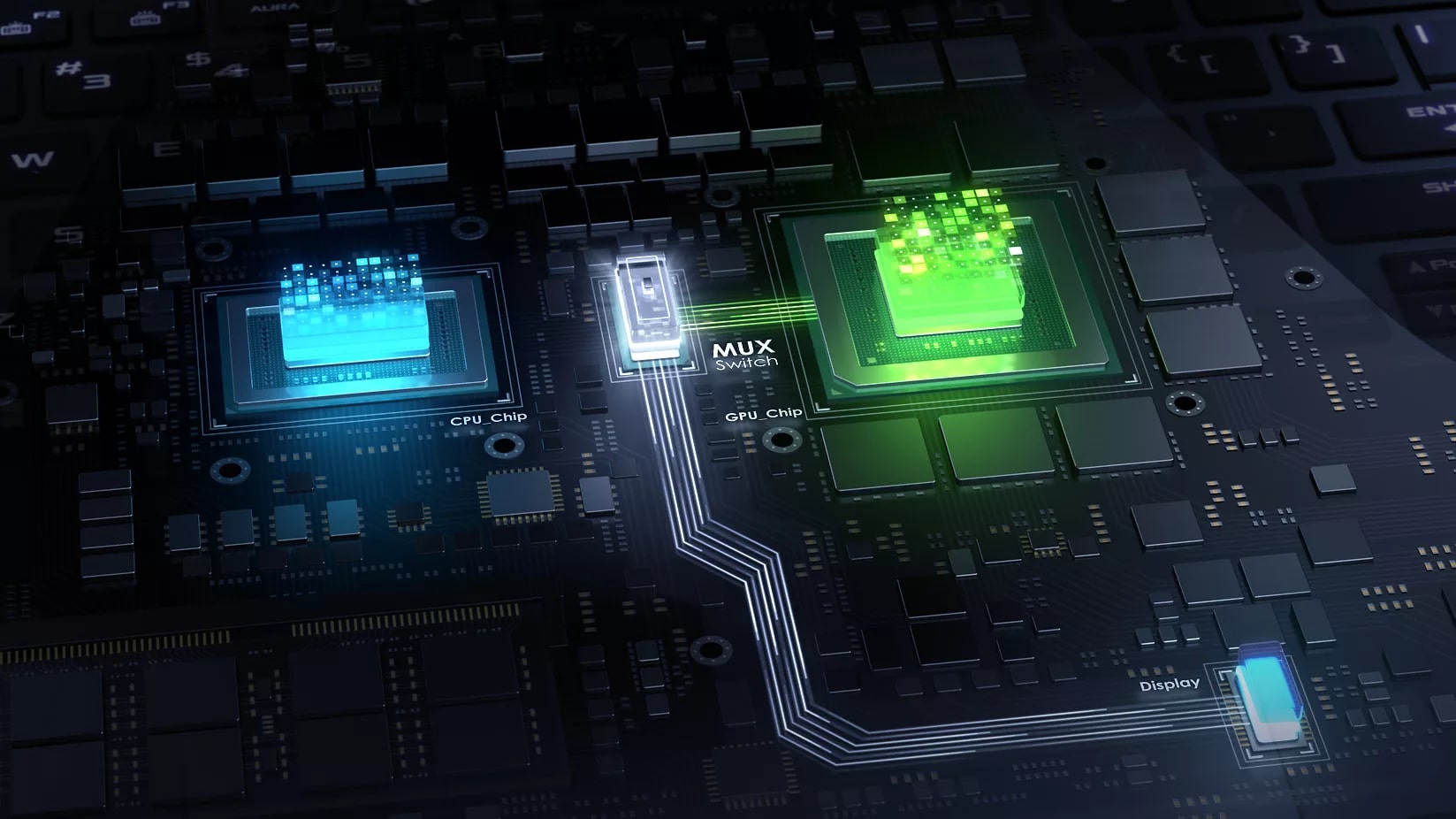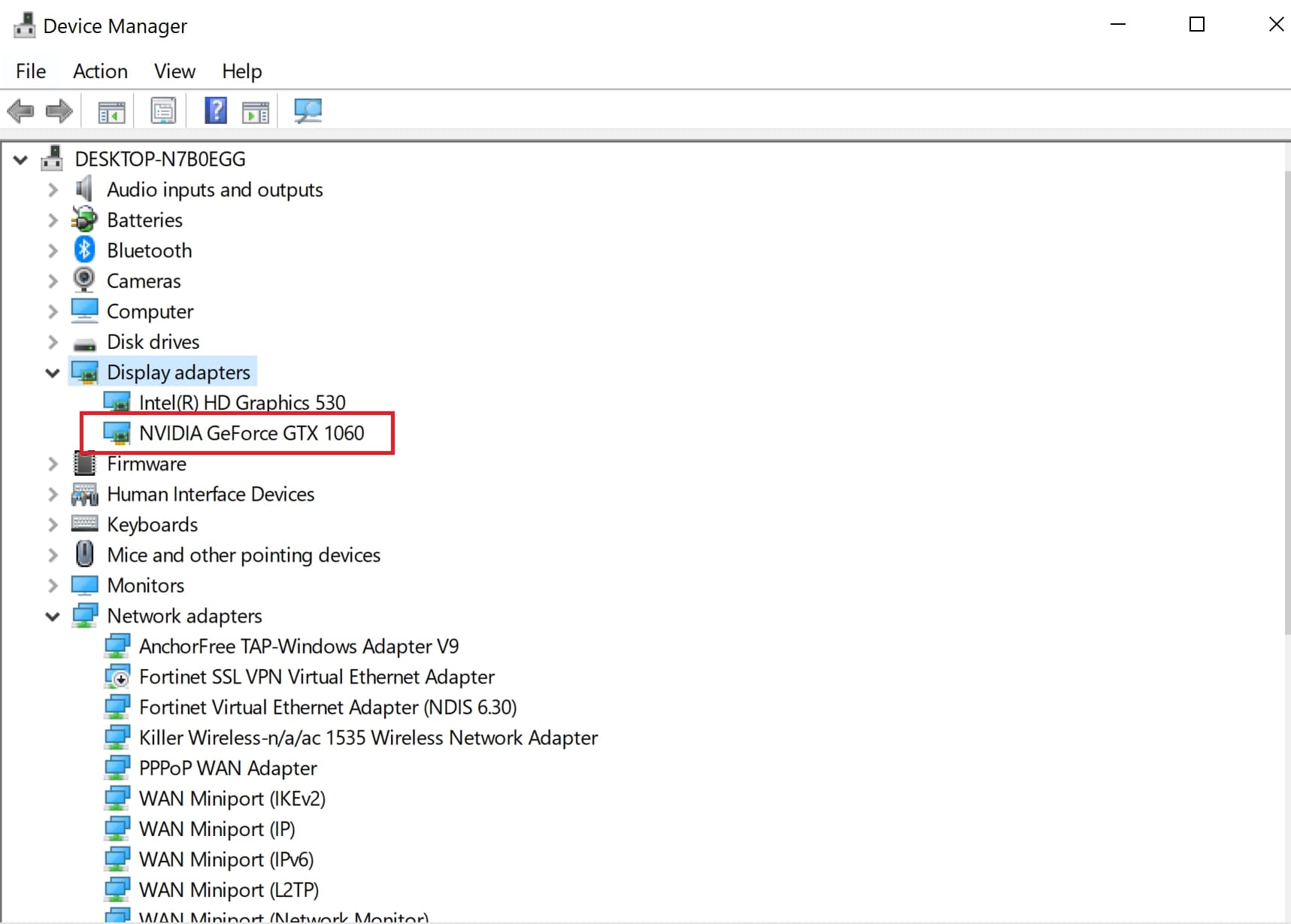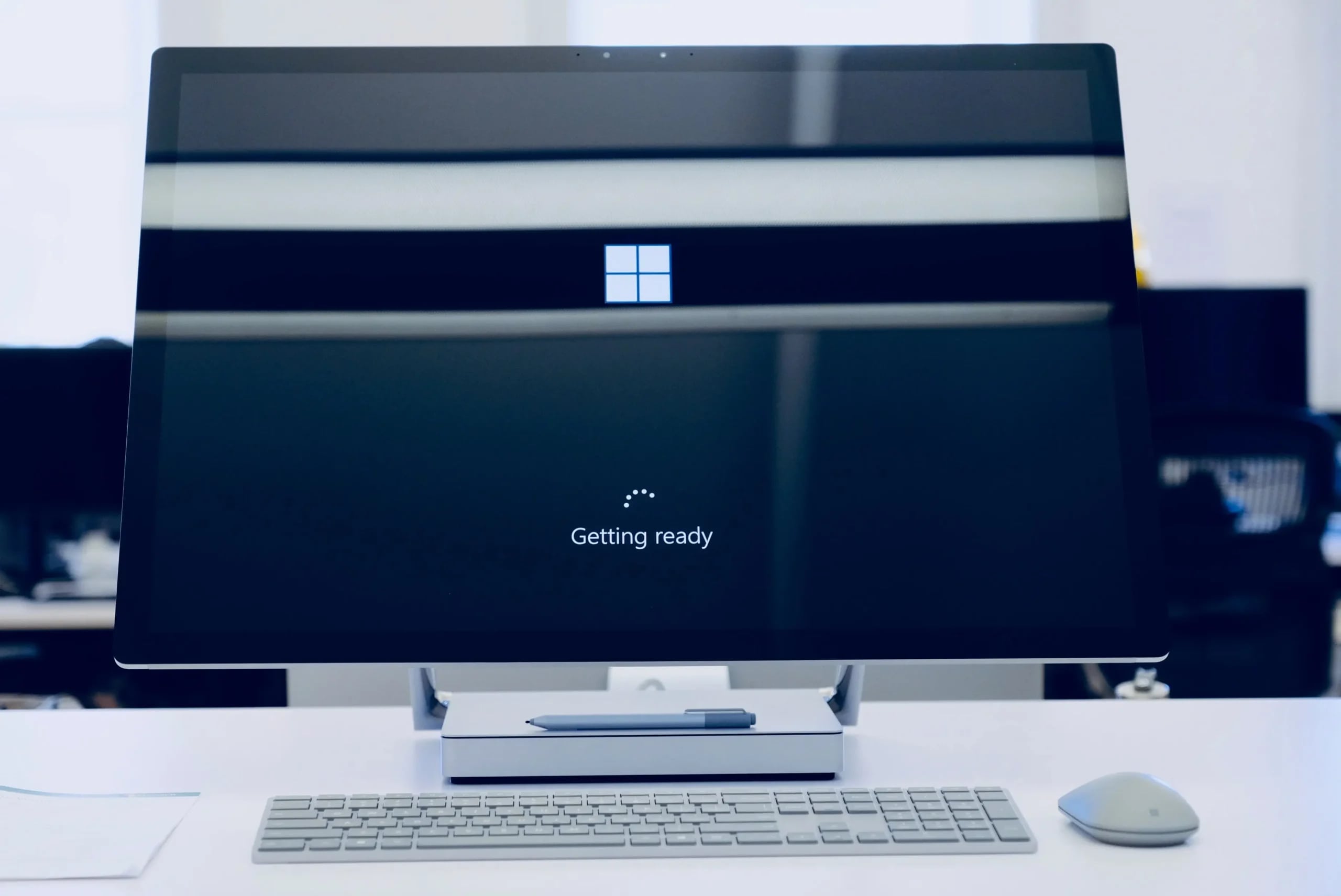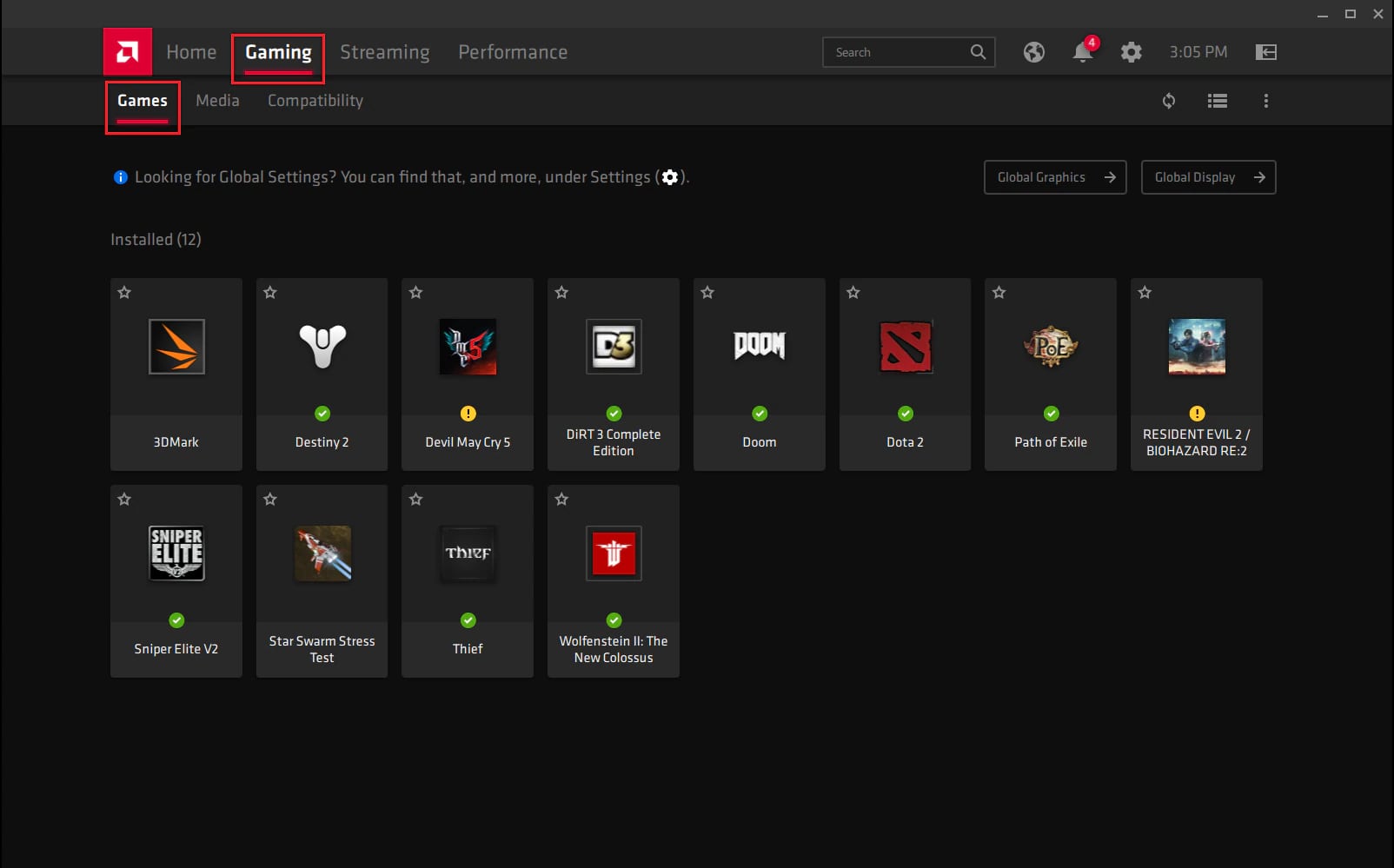Introduction
Welcome to this guide on how to disable your graphics card. Whether you’re experiencing compatibility issues, troubleshooting graphics-related problems, or simply wanting to conserve power, disabling your graphics card can be a useful solution. In this article, we will explore three different methods you can use to disable your graphics card.
Your graphics card is responsible for rendering and displaying images, videos, and games on your computer screen. While it is an essential component for a smooth and immersive computing experience, there may be situations where you need to temporarily disable it. Disabling your graphics card can help you diagnose hardware or software conflicts, troubleshoot display issues, or use your system’s integrated graphics instead.
It’s important to note that disabling your graphics card will result in lower graphical performance, as the integrated graphics may not be as powerful. However, in certain scenarios, such as basic computing tasks or troubleshooting purposes, disabling your graphics card can be a useful temporary solution.
In the following sections, we will walk you through three different methods you can use to disable your graphics card. It’s essential to choose the method that is best suited for your specific situation and computer setup. Now, without further ado, let’s delve into the various methods you can employ to disable your graphics card.
Reasons to Disable Graphics Card
There are several reasons why you might want to disable your graphics card. Let’s explore some of the common scenarios in which disabling the graphics card can be beneficial:
- Compatibility Issues: In some cases, certain software applications or games may not be fully compatible with your graphics card. This can result in graphical glitches, freezing, or crashes. Disabling the graphics card temporarily can help determine if the issue is related to the GPU.
- Troubleshooting Graphics Problems: If you’re experiencing persistent graphical issues, disabling the graphics card can help identify whether the problem lies with the hardware or software. By using your computer’s integrated graphics, you can determine if the graphics card is faulty or if the issue is caused by other factors.
- Power Consumption: Graphics cards are known to consume a significant amount of power, especially during resource-intensive tasks like gaming. If you’re using your computer for basic tasks that don’t require high-end graphics capabilities, disabling the graphics card can help conserve power and extend your laptop’s battery life.
- Using Integrated Graphics: Some computers come equipped with both a dedicated graphics card and integrated graphics. Disabling the dedicated graphics card allows you to utilize the integrated graphics, which might be more power-efficient and sufficient for everyday tasks like web browsing, document editing, and multimedia playback.
- Overheating Issues: If your graphics card is running hot and causing your computer to overheat, disabling it can provide temporary relief. This gives you the opportunity to clean the fans, install updated drivers, or perform other necessary maintenance tasks to resolve the overheating problem.
These are just a few examples of why you might want to disable your graphics card. Each situation is unique, and it’s crucial to understand the specific circumstances before deciding to disable your graphics card temporarily.
Now that you understand the reasons behind disabling your graphics card, let’s move on to the various methods you can employ to disable it. The method you choose will depend on your computer’s hardware, operating system, and the specific requirement for disabling the graphics card.
Method 1: Disabling via Device Manager
One of the easiest ways to disable your graphics card is through the Device Manager utility in Windows. Follow these steps:
- Open the Start menu and type “Device Manager” in the search bar. Click on the Device Manager app that appears in the search results.
- In the Device Manager window, locate the “Display Adapters” category and click on the arrow icon next to it to expand the list of display devices.
- Right-click on your graphics card and select the “Disable” option from the context menu. You may be prompted to confirm your action. Click “Yes” to continue.
- Your graphics card is now disabled. The screen may flicker momentarily as the graphics switch to the integrated graphics or a basic display driver. Note that if you have multiple graphics cards, you need to disable each one separately.
- If you wish to enable the graphics card again, follow the same steps and choose the “Enable” option instead of “Disable” in the Device Manager.
This method is suitable for most Windows users and provides a quick and straightforward way to disable your graphics card without modifying any system settings. However, keep in mind that this method only temporarily disables the graphics card and does not affect the hardware or driver configurations.
It’s important to note that the steps provided are specifically for Windows operating systems. If you’re using a different operating system, the steps may vary. Be sure to consult the documentation or support resources related to your specific operating system for guidance on how to disable the graphics card.
Now that you’re familiar with disabling the graphics card through the Device Manager, let’s explore another method that involves adjusting settings in the BIOS setup.
Method 2: Disabling in BIOS Setup
Another way to disable your graphics card is by changing settings in your computer’s BIOS (Basic Input/Output System). The BIOS contains various configuration options for your hardware, including the graphics card. Here’s how you can disable your graphics card through the BIOS setup:
- Restart your computer and access the BIOS setup by pressing a specific key during the boot process (usually the “Delete,” “F2,” or “F10” key). The specific key may vary depending on your computer’s manufacturer.
- Navigate through the BIOS menus using the arrow keys on your keyboard. Look for a menu related to graphics or display settings. The exact location and naming may differ depending on your computer’s BIOS version.
- Within the graphics or display settings, you should see an option to enable or disable the graphics card. Select the option to disable the graphics card and save the changes in the BIOS. The method for saving varies, but it is typically done by pressing the “F10” key or selecting the “Save and Exit” option.
- Once you’ve saved the changes, your computer will reboot, and the graphics card will be disabled. The screen may temporarily display a lower resolution or use the integrated graphics instead.
- If you want to enable the graphics card again, access the BIOS setup and navigate to the graphics or display settings. Choose the option to enable the graphics card and save the changes. After saving, your computer will reboot with the graphics card enabled once again.
Please note that adjusting settings in the BIOS setup requires caution and understanding of your computer’s BIOS interface. Making incorrect changes can potentially result in system instability or other undesired effects. If you are unfamiliar with the BIOS setup or unsure about making changes, it is advisable to seek guidance from your computer’s manufacturer or consult their documentation.
Now that you’re familiar with disabling the graphics card through the BIOS setup, let’s explore another method that involves using third-party software.
Method 3: Using Third-Party Software
If you’re not comfortable making changes in the Device Manager or BIOS setup, or if you’re using a different operating system, you can consider using third-party software to disable your graphics card. There are various software tools available that provide advanced control over your graphics card settings. Here’s how you can disable your graphics card using third-party software:
- Research and choose a reliable third-party software tool that supports graphics card management. There are several options available, such as MSI Afterburner, NVIDIA Control Panel, and AMD Radeon Software.
- Download and install the software tool from the official website of the software developer or from a trusted source.
- Launch the software tool and navigate to the graphics card settings or control panel.
- Within the software, you should find an option to disable the graphics card. Select this option and apply the changes.
- The software will disable your graphics card, and your system will switch to using the integrated graphics or basic display driver.
- If you wish to enable the graphics card again, open the software tool, navigate to the graphics card settings, and choose the option to enable the graphics card.
Using third-party software provides a user-friendly interface and additional customization options for managing your graphics card. However, keep in mind that the availability and functionality of these tools may depend on the specific graphics card manufacturer and model.
It’s essential to download software from official sources and trusted websites to ensure the safety and reliability of the application. Additionally, periodically check for updates to the software to benefit from bug fixes and new features.
Now that you’re familiar with using third-party software to disable the graphics card, let’s move on to some considerations you should keep in mind before disabling your graphics card.
Considerations Before Disabling Graphics Card
Before you proceed to disable your graphics card, there are a few important considerations to keep in mind:
- Compatibility and System Requirements: Make sure that disabling the graphics card will not interfere with the proper functioning of your computer or any software applications you use. Some software programs, especially graphics-intensive applications or games, may require a dedicated graphics card to run optimally.
- Loss of Performance: Disabling the graphics card means relying on the integrated graphics or basic display driver, which might not offer the same level of performance as your dedicated graphics card. If you regularly engage in activities that require high-end graphics capabilities, disabling the graphics card may hinder your user experience.
- Driver Updates and Compatibility: Ensure that your graphics card drivers are up to date. Outdated drivers may cause issues when disabling or enabling the graphics card. Visit the graphics card manufacturer’s website to download and install the latest drivers for your specific card model.
- Effect on External Displays: Disabling the graphics card can impact the functionality of external monitors or displays connected to your computer. The integrated graphics or basic display driver may not support the same resolution or refresh rate as your dedicated graphics card.
- Future Needs: Consider whether disabling the graphics card is a temporary solution or a long-term requirement. If you anticipate needing the graphics card in the future, it’s important to keep it enabled and address any specific issues or conflicts instead of completely disabling it.
- System Stability: Disabling the graphics card can cause temporary instability in your computer system, such as screen flickering or compatibility issues with certain applications. Keep an eye on the overall stability and performance of your system after disabling the graphics card.
By carefully considering these factors, you can make an informed decision about whether to proceed with disabling your graphics card. Remember, disabling the graphics card should only be done when necessary and after weighing the potential drawbacks.
Now that we’ve discussed the considerations, you are equipped with the knowledge to make an informed choice. Let’s wrap up this guide on disabling graphics cards.
Conclusion
Disabling your graphics card can be a helpful solution in various situations, such as troubleshooting graphics issues, conserving power, or testing compatibility. In this guide, we explored three different methods for disabling your graphics card: through the Device Manager, in the BIOS setup, or using third-party software. Each method offers its own advantages and may vary depending on your computer’s hardware and operating system.
Before disabling your graphics card, it’s crucial to consider factors like compatibility, system requirements, performance impact, driver updates, and future needs. These considerations will ensure that disabling the graphics card is the right solution for your specific scenario.
Remember that disabling the graphics card will result in reduced graphical performance, as the integrated graphics or basic display driver may not be as powerful. If you rely heavily on GPU-intensive tasks like gaming or graphic design, disabling the graphics card may not be suitable for you in the long term.
Always exercise caution when making changes to your computer’s settings, especially in the BIOS setup. If you’re unsure or uncomfortable with the process, consult the documentation or seek guidance from your computer’s manufacturer or a qualified technician.
We hope this guide has provided you with valuable insights on how to disable your graphics card and the factors to consider before doing so. Remember to weigh the benefits and drawbacks and choose the method that best fits your needs.
Thank you for reading, and we wish you the best in your endeavor to optimize your computer system!







